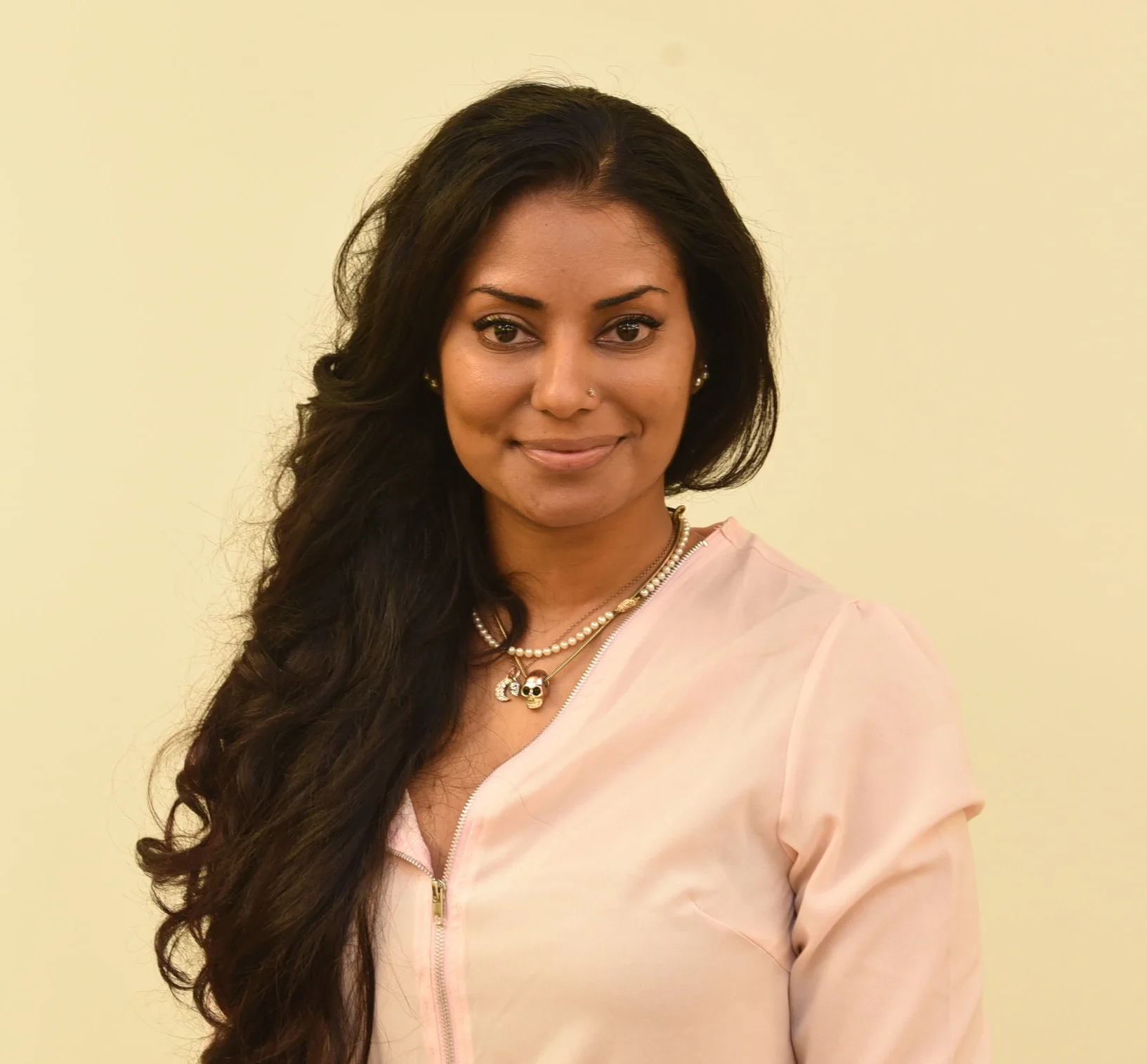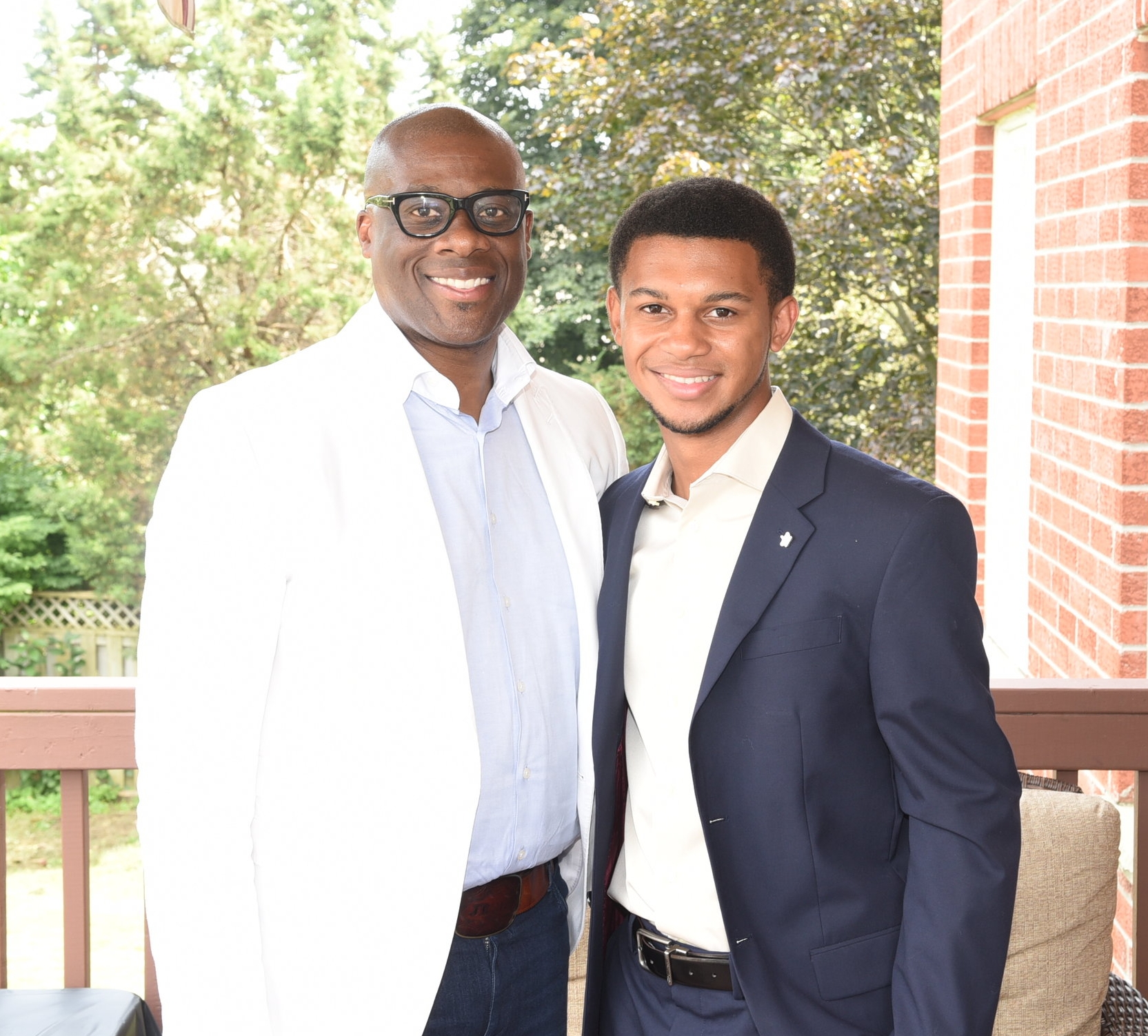Doctoral candidate engaged in cutting edge cancer research
August 30, 2017
Doctoral candidate Mohini Singh considers herself to be extremely lucky.
She is among a group of 13 graduate students, post-doctoral fellows, technical staff and a research associate on McMaster-Surgeon Scientist program director Dr. Sheila Singh’s Stem Cell & Cancer Research Institute (SCCRI) team studying three types of tumours – glioblastoma which is the most aggressive cancer that starts within the brain, medulloblastoma which is the most common kind of childhood brain tumour, and brain metastasis which is a cancer that starts in another part of the body before spreading to the brain.
The lab employs a stem cell biology framework to the study of these cancers to identify and target the molecular mechanisms responsible for their development. Their goal is to determine which treatment refractory cells are leading to relapse and recurrence in patients.
“It is very difficult to get into this lab,” said Singh who was born in Canada to Guyanese immigrants. ‘I am working on projects that I love and I am just a degree away from helping patients. We do translational work which means that we do could have clinical follow-up.”
SCCRI researchers recently identified new regulators of brain metastases in patients with lung cancer.
The most common brain tumour in adults, brain metastasis is the leading cause of cancer mortality.
“Brain metastasis is a secondary brain tumour which means they are caused by cancer cells that escape from primary tumours like lung, breast or melanoma and travel to the brain,” said Singh who was the study’s primary author. “We set out to find which genes can regulate the cells that initiate brain metastases. We are trying to find what are the genes that are sending the signal to these lung brain metastasis-initiating cells to leave the lung tumour, go into the blood stream, invade the blood-brain barrier and then form a tumour in the brain.”
Graduating from McMaster University eight years ago with honours in life sciences, Singh was a research associate at the Juravinski Cancer Centre and an exam invigilator and presider at McMaster University before pursuing her doctorate in biochemistry and biomedical sciences at the Michael G. DeGroote Centre for Learning & Discovery at McMaster University.
Starting out as a Master’s student in the summer of 2012, she was the recipient of a CIBC-Brain Canada Brain Cancer Training Award designed to promote the next generation of Canadian neuroscience researches by providing them with guidance, mentorship and training under the direction of world-renowned researchers.
Singh and three other students were awarded $30,000 annually for three years and an additional $5,000 career development supplement.
“This award meant that I had to transfer eight months later into a PhD which is not typical,” she said.
The eldest of three siblings was on track to go to medical school when she made the switch.
“After doing some research a few years ago, I decided I didn’t want to spend another seven or eight years in medical school,” said Singh. “I knew I could still get my doctorate doing research and please my dad.”
Aware that some women try herbs and other products from plants to help relieve hot flashes, Singh wanted to learn more about how these natural products work.
“That was my first research project and it was looking at natural products isolation for compounds that will inhibit angiogenesis,” she pointed out. “That, however, was more on the chemistry side which I was never happy doing. Biology is my thing since it’s more tangible.”
Singh’s next research foray was with Dr. Michelle Ghert whose research is focussed on primary cell cultures of patient-derived specimens of a bone’s giant cell tumour and the biologic behaviour of the cells in vitro with respect to bone matrix degradation, angiogenesis and metastasis.
“The project I worked with had to with astrocytoma which is the most common type of primary brain tumour,” she said. “This is where I got into working with animals. It was during this time that a young family member was diagnosed with astrocytoma (she later developed metastasis and passed away).”
Singh praised Ghert for opening the door for her to enter Dr. Singh’s lab and dedicated her cutting edge and ground-breaking research to her parents Deodat and Deokumarie Singh.
A pre-med student, her father suffered a workplace accident when she was just four years old.
“For the last 26 years, he has driven me to succeed,” she said. “He let me know that failure is not an option and if ever I fail, I would have to pick myself up and keep going. For him, 80 per cent isn’t good. He wanted nothing less than 100 per cent. My father has given me the strength to be the best I could be while my mom gives me love.”
Singh’s sister, Omwattie, is a final-year chemical engineering student at Mohawk College while their brother, Girinauth, is a chemical operator at Apotex Pharmachem Inc. in Brantford.
She expects to complete her PhD by year end.
“My thesis has to do with identifying genetic regulators of brain metastases from different primary sites,” she said. “It involves developing in vitro and in vivo models that accurately represent and assess the metastatic process, identifying unique and tissue-specific metastasis genes and/or signatures, assessing their utility as therapeutic targets by performing drug screening.
Pediatric neurosurgeon and researcher Dr. Sheila Singh has enjoyed mentoring and teaching the highly talented student.
“Mohini is so enthusiastic and energetic, but also very passionate about finding better cures for brain cancer,” said the Canada Research chair in human cancer stem cell biology. “She is technically gifted, so the hands-on bench work and animal surgeries came so naturally to her. The challenges we faced early in her PhD were getting her to build a conceptual framework for her thesis project and understand the process of brain metastasis in minute detail so she could model it accurately. It has been a real delight to watch her grow and mature in scientific thinking and to see her through multiple struggles and challenges until she ultimately succeeded. She and her work have come into their own and that’s all a supervisor could ask for.”
Singh plans to continue to do research or become a medical science liaison.
Playing a specific role within the pharmaceutical, medical device, contract research organizations and other health-care industries, medical science liaisons are critical to the success of a company. They are scientific experts to internal colleagues at companies helping to ensure that products are effective utilized while serving as scientific peers and resources within the medical community.
“If I don’t get into that field, I will explore the pharmaceutical industry or some area where I can still do cancer research,” Singh, an avid Toronto Blue Jays fan, added.
Finding a job that combines her science background and artistic talent isn’t out of the realm.
Back in elementary and high school, Singh – whose preference is pencil and acrylics -- excelled in art classes and took part in a few shows in Brockville where she was raised.
“As I got older, I realised that art was a fantastic way for me to relieve the stress that I faced in undergraduate and graduate school and I could produce beautiful things that made me happy and relaxed,” she said. “In graduate school, there is obviously way less time for me to dedicate to art. However, I have made several pieces for friends, ranging from cards and T-shirts to paintings and my supervisor has allowed me to design several figures for grants and papers. I happen to have a pretty good mind for coming up with scientific schematics and so I am able to use my artistic talent.”






